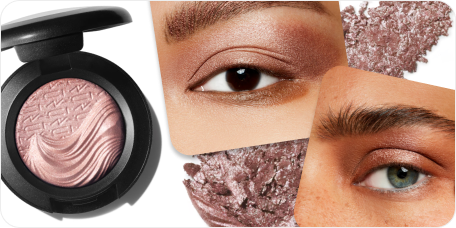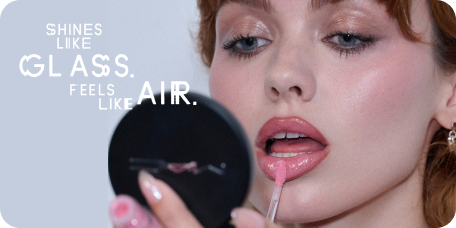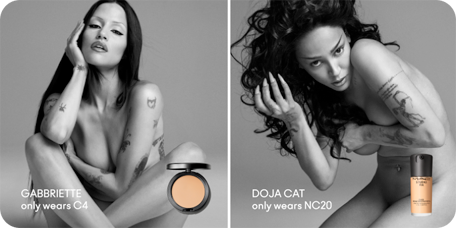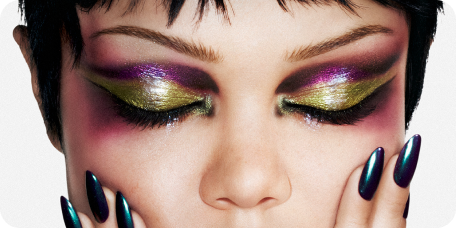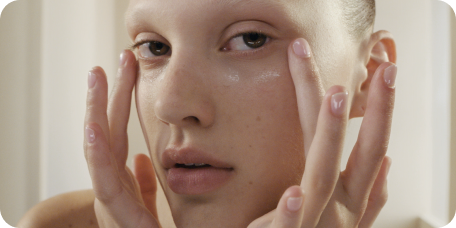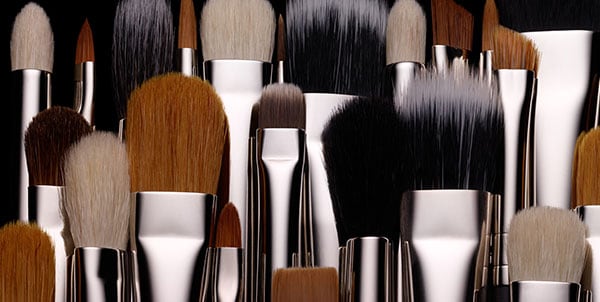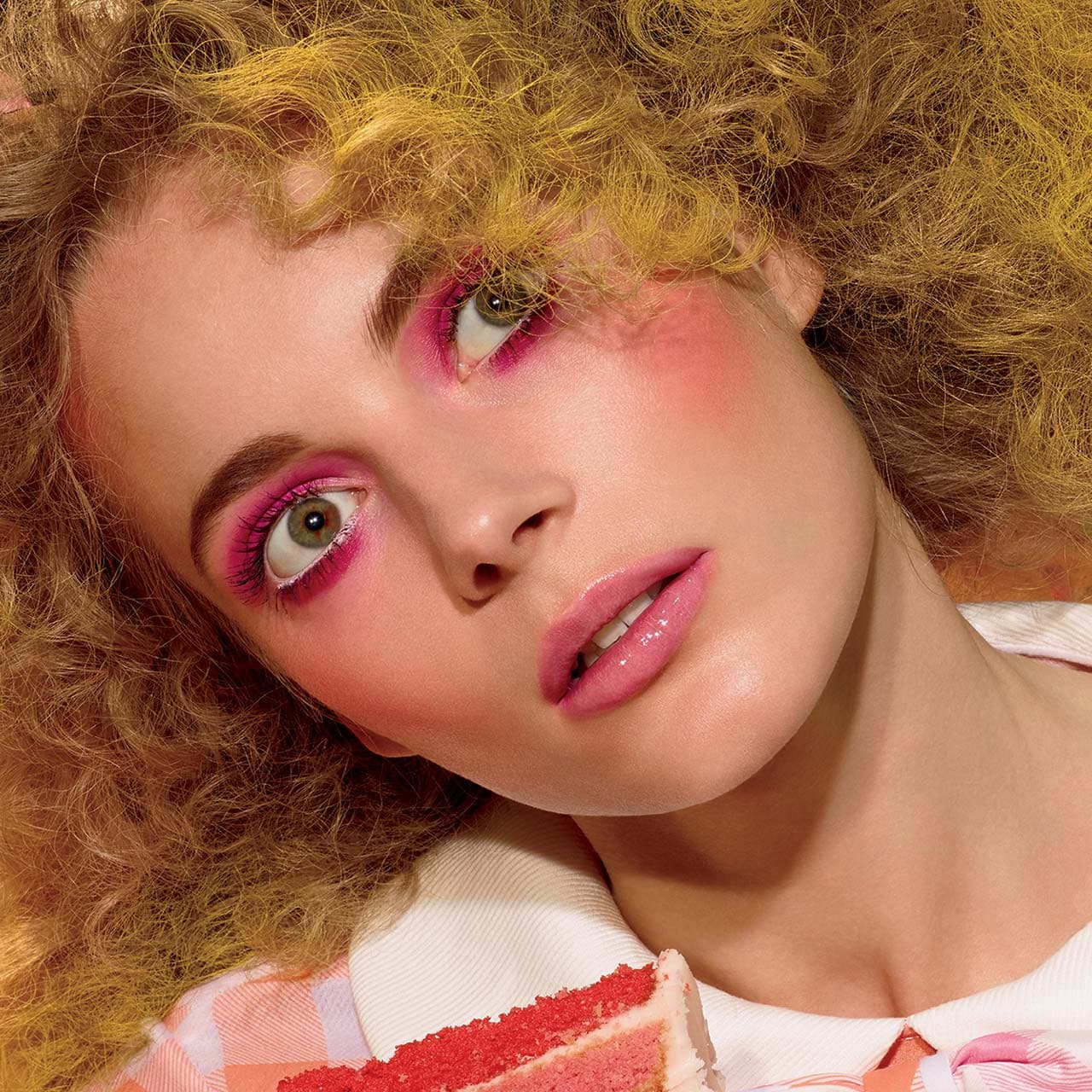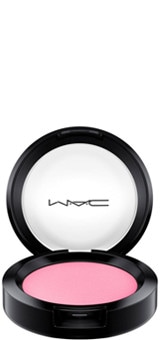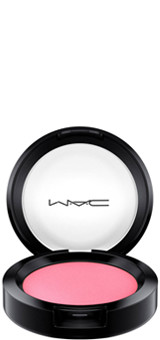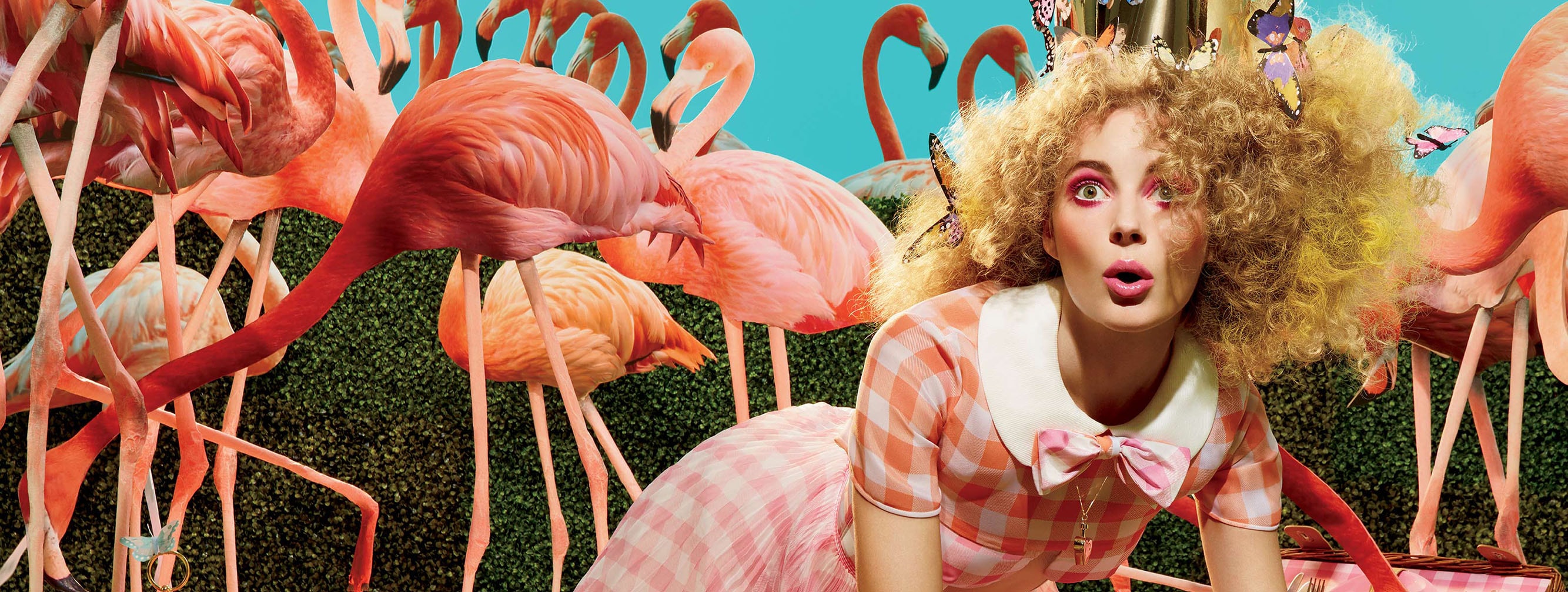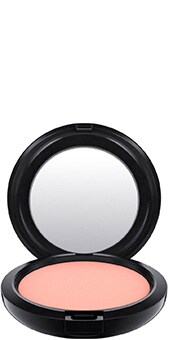PLASTIC FANTASTIC
In 1957, Don Featherstone created an iconic pair of plastic pink flamingoes – today, more than 20 million exist around the world
“Place in garden, lawn, to beautify landscape.” – so read the instructions for pink plastic flamingoes when they were first sold in the Sears Catalogue, for just $2.76 a pair, in 1957.
That year, Don Featherstone was a young artist who had taken his first job at a manufacturer of plastic lawn ornaments in his home state of Massachusetts. For his second assignment, he created a pair of plastic pink flamingoes, based on images from National Geographic magazine – one feeding, one standing, just under three feet high –the exact same pair we still know today.
Since its explosion in popularity in the 1960s, the plastic pink flamingo has become a firm fixture of suburban lawns and popular culture, a perennial waypoint for keen travellers and appreciators of 20th-century Americana. Estimates vary, though it seems agreed that upwards of 20 million Featherstone flamingoes exist in the wild, with books, art exhibitions and fans stretching from coast to coast and beyond.
AN AMERICAN ICON
Featherstone, who passed away earlier this year at the age of 79, was described by The New York Times as no less than “indelibly altering the landscape of mid-century America.”
Years ago, at the former building of that same newspaper of record, it is said someone had stuck a pink flamingo in the office window just above its main entrance. It was a witty juxtaposition – this populist, trashy icon cheekily roosting, as it were, in the Gray Lady’s front yard, rather delightfully puncturing that venerable institution’s high-minded veneer.
Stories like this encapsulate how this humble lawn ornament changed the entire aesthetic trajectory of midcentury America. Pop-culture commentator Robert Thompson once said there are “two pillars of cheesy campiness in the American pantheon. One is the velvet Elvis. The other is the pink flamingo."
“There are two pillars of cheesy campiness in the American pantheon. One is the velvet Elvis. The other is the pink flamingo."
Its cultural apotheosis is of course the iconoclastic director (and man William Burroughs called the “Pope of trash”) John Waters’s notorious 1972 film, Pink Flamingos. This masterpiece of transgressive cinema starred Divine – Baltimore drag queen and “filthiest person alive” – as Babs Johnson, a criminal on the run with a penchant for outrageously obscene acts. It is no accident that outside her pink trailer home in the film sits a resplendent pair of those eponymous plastic birds.
MATTERS OF TASTE
Featherstone was once asked why he thought his design had become so iconic: “We sold people tropical elegance in a box for less than $10. Before that, only the wealthy could afford to have bad taste,” he told the Chicago Tribune in 2007, his dry humour signaling an awareness of the postmodern irony with which his plastic creation was later universally embraced.
Featherstone took a unique approach to aesthetics in general – no bastion of stripped-back minimalism, the artist had 57 pink flamingos prominently installed in his back yard, a reference to the year of its creation. He and his wife Nancy also dressed in matching brightly coloured outfits every single day for over 35 years, even coordinating looks when they were not together.
FLYING INTO THE FUTURE
These scarlet-pink avians even seem to have an inbuilt awareness of their own fabulous aesthetic – drawn to gather in the vast white expanses of salt lakes, all the better to show themselves off when they congregate in enormous colonies of a million or more.
And it seems certain their plastic cousins will fly (or stand) on into the future, despite their creator’s recent passing. In November 2006, Union Products closed its doors, and production of this American icon ceased. But in 2010, another Massachusetts company, Cado Products, purchased both the rights and the original molds for the Pink Flamingos, and continues to manufacture them today.
The flamingo has flown a long way from those brash suburban lawns of the 60s and 70s. Today, it’s a symbol of joie de vivre, the ability to not take oneself too seriously, and a somewhat exhibitionistic nature – a willingness to show your true colours (pink) and strut on the wild side. So, embrace the spirit of the season, throw those wings wide and let your flamingo spirit fly!
- 1. The word "flamingo" comes from the Spanish and Latin word "flamenco," which means fire, a reference to the bright colour of its feathers.
- 2. The pink, orange or red color of a flamingo's feathers is caused by pigments in their food – shrimp, plankton and crustaceans. Zoo flamingos turn white if their diet is not supplemented with live shrimp!
- 3. A flock of flamingos can cover a huge distance of 300 miles in a single night.
- 4. Flamingos rest on one leg to conserve energy and body temperature.
- 5. A flock of flamingos is known as a flamboyance!







